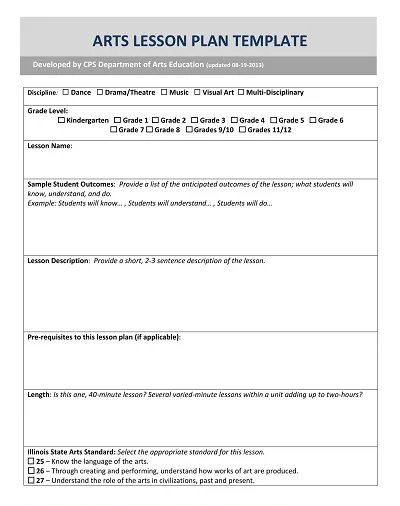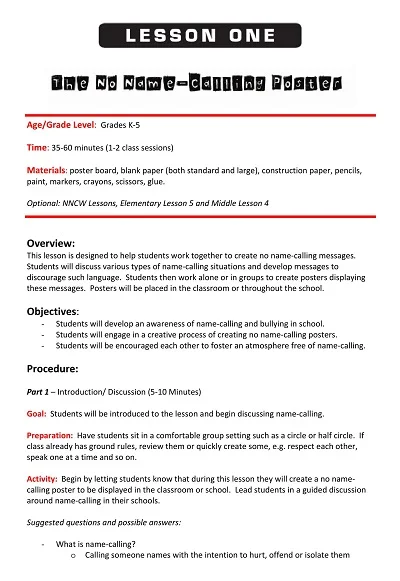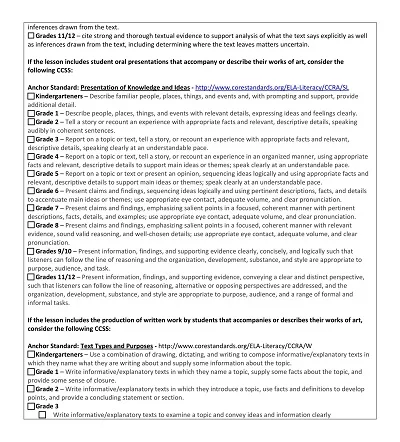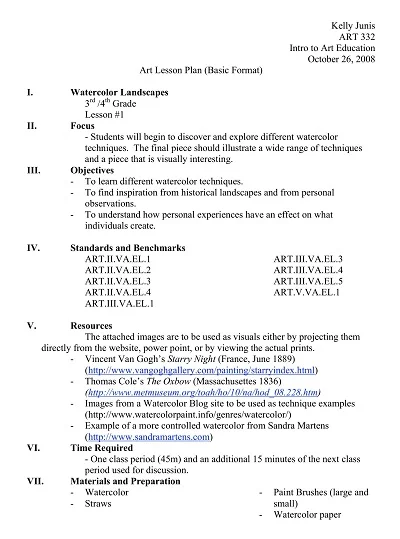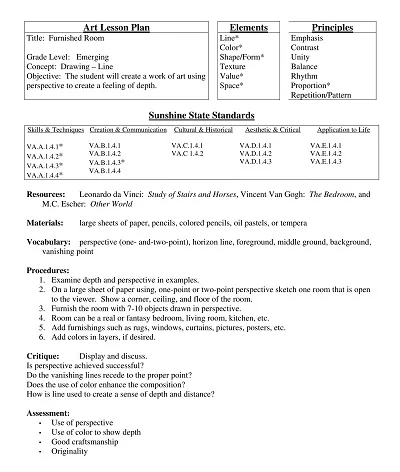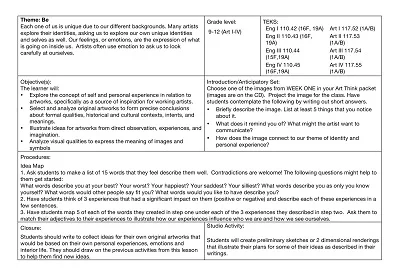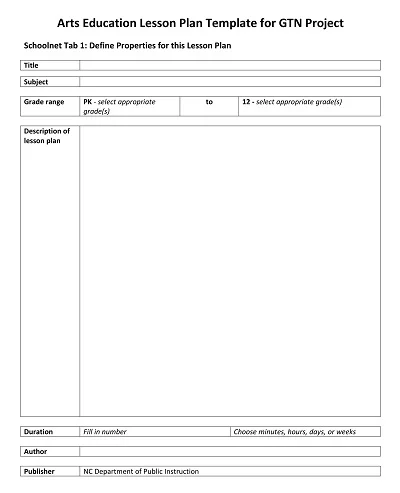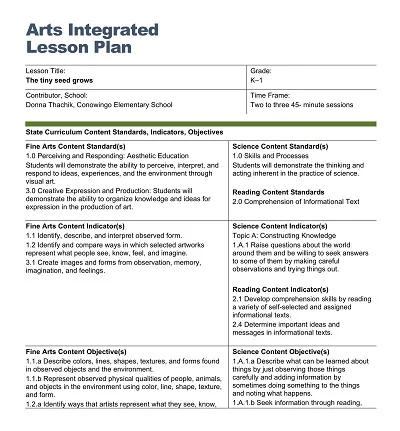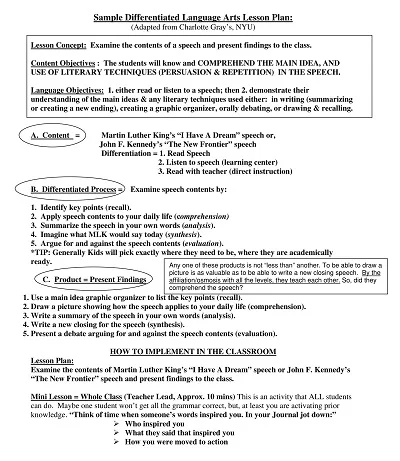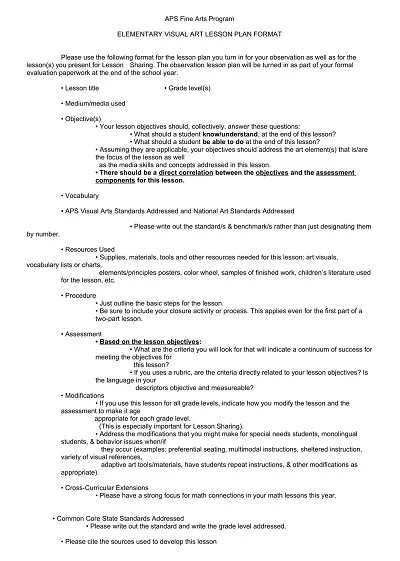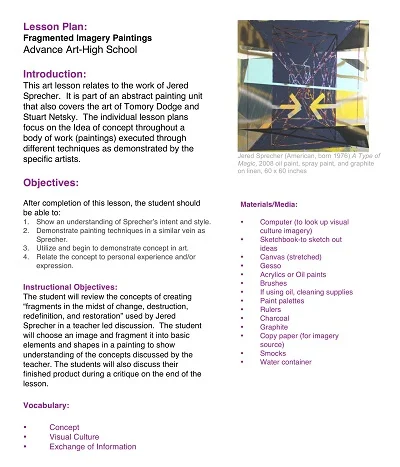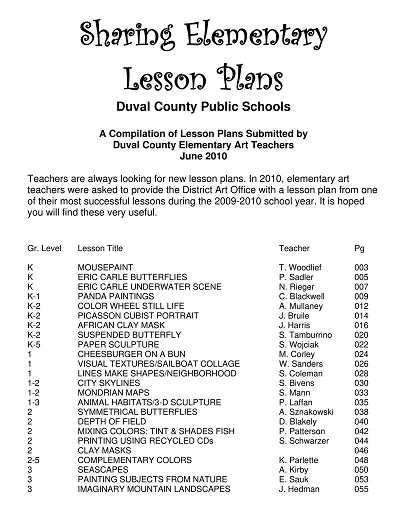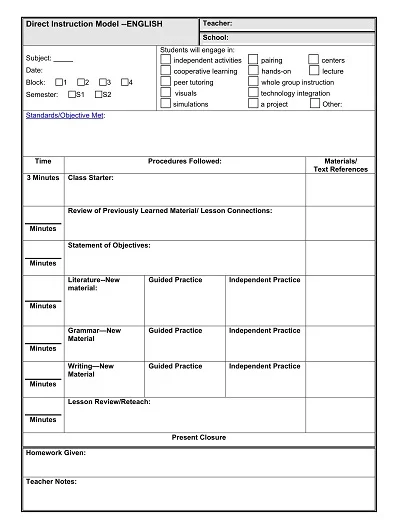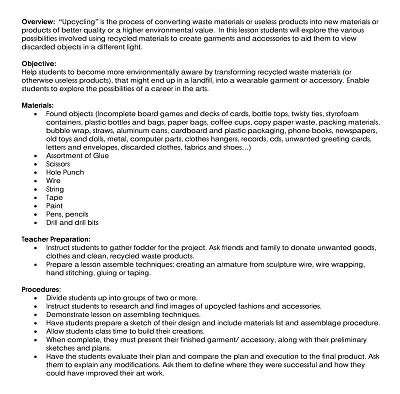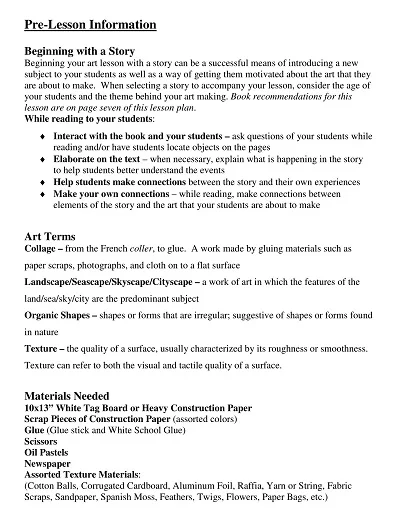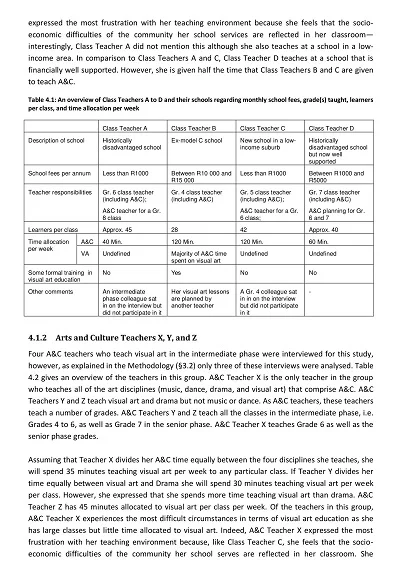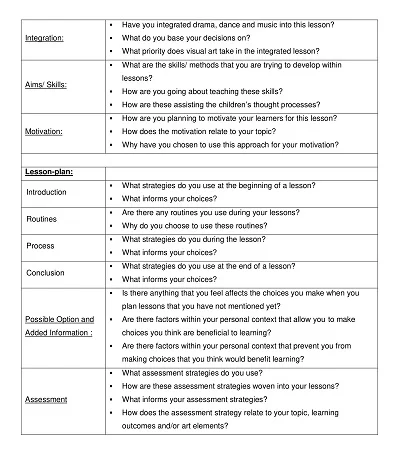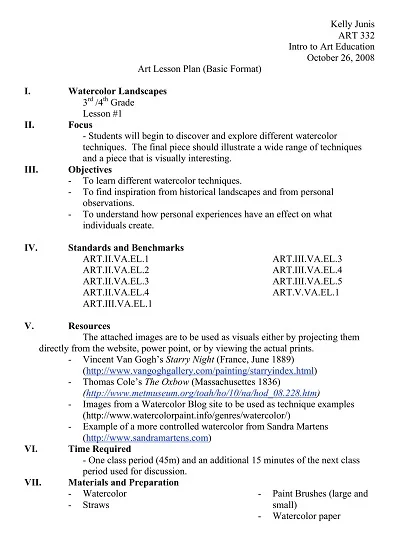An Art Lesson Plan Template is a structured guide educators use to design effective, engaging, and organized art lessons. It outlines the key components of the lesson, including objectives, materials needed, step-by-step instructions for activities, assessment criteria, and reflection questions.
This template ensures that lessons are well-prepared, catering to different learning styles, and aligned with curriculum standards. It also provides a framework for measuring student progress and understanding in the subject of art.
Download Free Art Lesson Plan Templates
What is an Art Lesson Plan?
An Art Lesson Plan is a detailed guide created by educators to structure an art class. It outlines the objectives, materials needed, step-by-step instructions, and expected outcomes for a particular lesson.
This plan serves as a roadmap for delivering the lesson effectively. It ensures that the educational goals align with the students’ learning outcomes, focusing on developing their creative skills, critical thinking, and appreciation for the visual arts.
Purpose of Art Lesson Plans
Creating art lesson plans is essential for several reasons that enhance the educational experience for students. They serve as a guiding framework for educators and students, ensuring a structured yet flexible approach to exploring the vast world of art.
Below are the key purposes of integrating art lesson plans into the curriculum:
Educational Structure and Objectives
Art lesson plans outline specific educational objectives, aligning each lesson with overarching curricular goals. This structure helps students understand the progression of their learning, coherently building upon skills and knowledge.
Encouragement of Creativity
By providing a foundation of skills and techniques, lesson plans in art education encourage students to explore their creativity within a supportive framework. This balance between guidance and freedom fosters innovation and personal expression.
Cultural and Historical Context
Integrating discussions on art’s historical and cultural significance helps students appreciate art beyond its aesthetic value. This context enriches the learning experience, offering deeper insights into the impact of art on society and vice versa.
Skill Development
Art lesson plans focus on developing specific artistic skills, from basic drawing and painting techniques to more complex practices. Skill progression is designed to challenge students progressively, catering to their growth and competency levels.
Assessment and Feedback
Structured lesson plans include means for assessment and feedback, which are crucial for learning. These components allow educators to monitor progress, identify areas for improvement, and tailor instruction to meet the needs of each student.
Key Components of an Art Lesson Plan
As an art teacher, creating a well-organized and thorough lesson plan is essential to ensuring that your students have a successful learning experience. A lesson plan should include specific objectives, detailed instruction, engaging activities, and assessment methods. In this section, we will discuss the key components of an art lesson plan in more detail.
- Objective: Start by clearly defining what you want your students to learn by the end of the lesson. Objectives should be specific, measurable, attainable, relevant, and time-bound (SMART).
- Materials Needed: List all materials and tools required for the lesson, including art supplies like paints, brushes, canvas, and any digital tools or software for digital art projects.
- Introduction: Briefly describe the lesson’s topic or the introduced art concept. This can include historical context, highlighting artists known for the technique, or showing examples of the style or medium being taught.
- Instruction: Outline the step-by-step instructions you will give to students. This should include demonstration techniques, explaining concepts, and guiding students through the art-making process.
- Activity: Detail the main activity where students apply the lesson’s concepts. Describe the expected outcome (e.g., a finished painting or sculpture) and any specific techniques or processes students should focus on.
- Discussion Questions: Prepare questions to encourage class discussion, reflection on the art-making process, and connections to the lesson objective. This helps deepen students’ understanding and allows them to express their interpretations and feelings about their artwork and that of their peers.
- Assessment: Describe how you will evaluate the students’ work and their understanding of the lesson’s concepts. This can include formal methods like grading and informal methods such as class participation and self-assessment.
- Closure: Plan a brief activity or discussion to conclude the lesson, summarizing what was learned and possibly connecting the day’s lesson to future projects or lessons.
Benefits of Using Art Lesson Plans
Art lesson plans are vital in the educational toolkit, offering a structured approach to creativity that yields numerous benefits.
1. Enhances Creativity and Expression
Art lesson plans encourage students to explore their imagination and express themselves uniquely. This boosts creativity, supports emotional expression, and helps students develop a sense of individuality.
2. Develops Fine Motor Skills
Through activities such as drawing, painting, and sculpting, art lessons help develop fine motor skills. This is particularly beneficial in early education, aiding in the coordination and control essential for writing, typing, and other detailed activities.
3. Promotes Critical Thinking and Problem-Solving
Engaging with art challenges students to think critically and solve problems creatively. When students interpret artwork or decide how to convey their ideas visually, they hone these important life skills.
4. Cultural Awareness and Appreciation
Art education exposes students to various artistic traditions and styles from around the world, fostering an appreciation for cultural diversity and history. This broadened perspective helps cultivate empathy and global awareness.
5. Enhances Academic Performance
Research suggests that art education correlates with improved academic performance. The skills developed through art, such as creativity, attention to detail, and the ability to follow complex instructions, positively impact students’ learning across other subjects.
How to Create an Art Lesson Plan Template
Creating an effective art lesson plan template involves structuring the format to ensure that it meets educational objectives while also engaging students creatively.
Here are the key details to include:
- Objective: Start with a clear learning objective that outlines what students should know or be able to do by the end of the lesson.
- Materials Needed: List all the materials required for the lesson, including art supplies like paper, paints, brushes, and digital tools or software.
- Introduction: Outline how you will introduce the lesson to capture the students’ interest. This could include a brief discussion, a question to ponder, or an art project example.
- Step-by-Step Instructions: Provide detailed steps for the art activity. Make sure they are clear and easy to follow.
- Demonstration: Plan to demonstrate key techniques or concepts before students begin work. Visual aids or live demonstrations can be particularly effective.
- Activity Time: Specify the amount of time students will have to work on the art project. Ensure there’s enough time for exploration and completion.
- Discussion Questions: Include questions to promote reflection and discussion during or after the activity. Questions should encourage students to think critically about their work and the lesson’s themes.
- Assessment: Detail how students’ work will be assessed. Consider including both formal and informal assessment methods.
- Extensions: Provide ideas for how students can extend or build upon what they learned in the lesson, perhaps with additional projects or research topics.
- Reflection: Include a space for teacher reflection on the lesson’s effectiveness and notes for future improvements.

